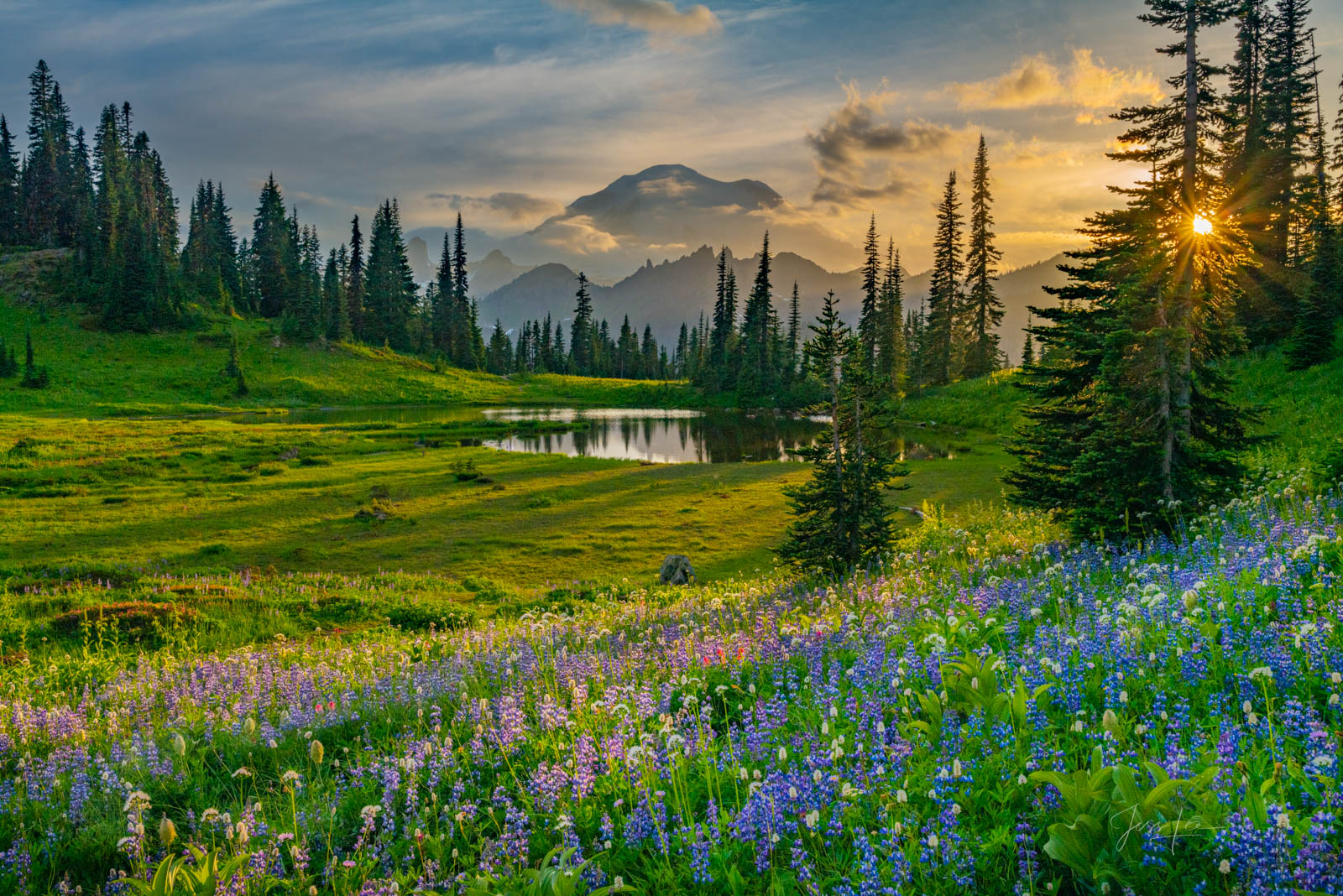Pulse of Information
Your source for the latest insights and updates.
Chasing Light and Shadows in the Great Outdoors
Explore stunning landscapes as we chase light and shadows in the great outdoors. Discover tips, tricks, and breathtaking photography!
Capturing Nature's Canvas: The Art of Light and Shadow
Capturing Nature's Canvas involves a delicate interplay between light and shadow, portraying the beauty of the natural world in its truest form. Photographers and artists alike have long been fascinated by how the sun's rays can transform a mundane landscape into a masterpiece. By harnessing the natural light at different times of the day, such as the soft glow of dawn or the dramatic hues of sunset, one can create stunning visual narratives that evoke emotion and draw viewers into the scene. The art of capturing these moments lies not just in the choice of subject but also in understanding how light plays with shadow to enhance textures, layers, and depth.
Incorporating both light and shadow into your art requires a keen eye and a well-planned approach. When framing your shot or laying out your canvas, consider the following techniques:
- Utilize backlighting to create silhouettes that emphasize shape.
- Experiment with side lighting to reveal details through shadows.
- Use reflectors to bounce light and soften harsh shadows.

Exploring the Golden Hour: Best Times for Outdoor Photography
The Golden Hour refers to the periods of time shortly after sunrise and before sunset, when the natural light is exceptionally warm and soft. This unique lighting condition enhances the colors of your surroundings, making it a favorite among outdoor photographers. The golden hues during these times not only create stunning images but also add depth and texture to your photographs. To capture the best of the Golden Hour, aim to shoot within the first hour after dawn or the last hour before dusk, as these moments provide the most magical light.
To make the most of your outdoor photography sessions during the Golden Hour, consider these tips:
- Arrive early to scout your location and prepare your gear.
- Experiment with different angles to capture the light in unique ways.
- Use a tripod for stability, especially in lower light conditions.
- Play with shadows and silhouettes as the sun dips below the horizon.
How to Use Light and Shadows to Enhance Your Landscape Photography
When it comes to landscape photography, light and shadows play a crucial role in determining the mood and depth of your images. Understanding the quality of light at different times of day can drastically alter your photographs. The golden hour—just after sunrise and just before sunset—offers a warm, soft light that can bring out the rich colors of the landscape, while creating long shadows that add depth. Try experimenting with different angles and compositions during these times to capture how shadows can stretch and change your scenes dramatically.
Utilizing contrast between light and shadows can also enhance your landscape photos. Look for scenes where bright highlights meet deep shadows, creating a natural balance that draws the viewer's eye. Incorporating elements such as trees, mountains, or buildings can help frame your shot, while the interplay of light and dark adds intrigue. Don't be afraid to shoot into the light; this can create stunning silhouettes and add a layer of mystery. Remember to adjust your camera settings accordingly to ensure you capture the full dynamic range of the scene.